In Defence of the Tank #3: WW1 Part 2 - The Arms Race Begins.
Anti-tank and Tank-on-Tank Warfare in WW1
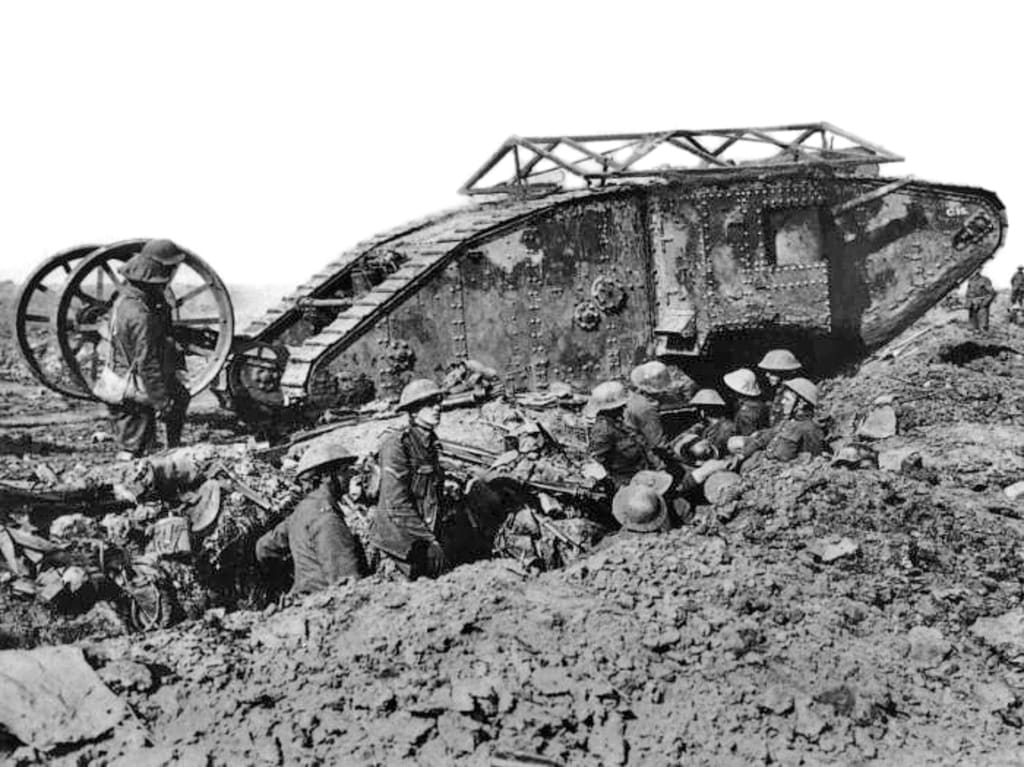
In the last article, we investigated the introduction of the tank and its premature battlefield debut at The Battle of Flers-Courcelette. By introducing the MK1 tank too early, and in numbers too few, the British were unable to fully capitalise on their new invention. Even more worrisome for the British, it gave the Germans the time and breathing room they needed to develop counters to it.
The age of anti-armour warfare had started. And the next time the Germans would face the MK1, they would be ready.
The Germans soon developed the 7.92x57mm Armour Piercing K bullet.This round could be fired from standard German Mauser rifles and Machine Guns turning the majority of German small arms into de facto anti-armour weapons. The K bullet had a one-in-three chance of penetrating the relatively thin armour of the MK1 from a range of 100m.

This could be fired from both...

This, the Gewehr 98
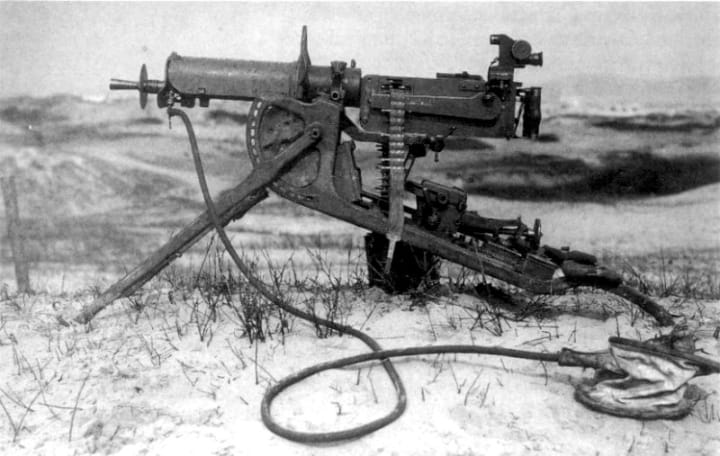
...and this, the MG 08. Both were very common in the German army at the time.
It proved its effectiveness at the battle of Monchy-le-Preux. Due to a communications error, the tanks attacked the village without the usual preparatory artillery barrage, or any supporting infantry. This did give the tanks the element of surprise; however, once the Germans organised their defences, they inflicted heavy casualties with all tanks destroyed.
As the tanks rolled through the main street of the town, they were shot at from all sides by the German defenders. The MK1s returned fire, of course, and were successful in destroying a number of machine gun emplacements. However, under such a sustained hail of fire it was only a matter of time before the tanks were out of action.
This battle showed the importance of combined arms, and identified that tanks can be vulnerable without supporting infantry.
It also showed that tanks can be vulnerable if used in urban combat, where attackers in the upper floors of buildings can drop explosives, such as bundles of "potato masher" stick grenades, and rain down machine gun fire onto a tank's less protected upper hull.
Thirdly, it showed that a tanks main gun often cannot elevate high enough to engage targets above them at close range.
Unfortunately, these lessons would be forgotten and have to be re-learnt time and time again in the decades that followed.
The saying, "Those that forget the mistakes of history are doomed to repeat them" applies all too well to armoured warfare. We will see this clearly in future articles.
Later British tanks such as the Mark IVhad thicker armour which was largely immune to the K bullet.

MK IV Tank on display in Ashford in Kent
In response, the Germans developed the 13.2mm Mauser Anti-tank rifle in 1918. This was issued to units trained specifically for anti-tank warfare.

Mauser 1918 T-Gewehr
As we can see in the video below, it was quite capable of penetrating the armour of the MK IV.
Video from Forgotten Weapons.
The first massed armour attack of the war was the Battle of Cambrai in 1917, where approximately 500 MK IV tanks were amassed against the German fortifications. The lead tanks were equipped with bundles of brushwood to enable them to cross the especially widened and deepened trenches of the Hindenburg line. We see here the first attempts at an anti-tank ditch, and the first attempts at armoured bridging equipment to counter them.
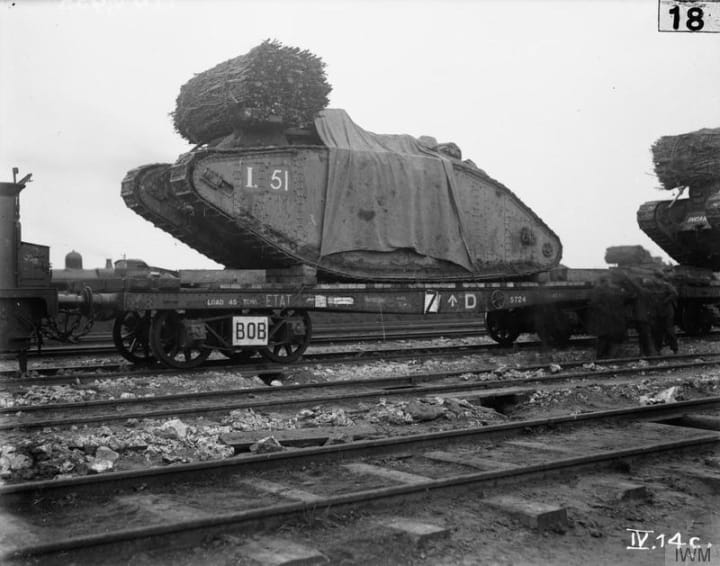
Primitive, yet effective...
The British tanks over run the trench system, however they were running into a trap. The German army had placed field guns at the bottom of a slope. As the tanks crested the hill, the field guns fired. Field guns were usually used against infantry or trenches in the indirect fire role. However, these gun crews had trained in anti-tank warfare, and they used them to great effect, destroying many tanks.

German WW1 77mm Field Gun.
However, due to the sheer number of tanks used and their concentration in a small area, they were able to overrun the field gun's position.
Quantity has its own quality...
You can find out more about this battle here.
The first tank-on-tank battle occurred on the 24th of April 1918 during the Second Battle of Villers-Bretonneux. This happened due to an accidental meeting engagement. Three British MK IVs encountered three German A7Vs.

The A7V, Germany's main tank of WW1
The two "Female" MK IVs — armed only with machine guns — proved ineffective, as they were unable to penetrate the A7V's armour. They were damaged and forced to retreat. This left the "Male" MK IV, armed with two 6-pounder cannons, to engage the German tanks alone.
The Male's cannons were effective however, and succeeded in knocking out the lead German tank. Artillery was of course being used, but it was the tanks that were successful in stopping their opposite numbers. The idea that the best weapon to counter a tank was another, better tank was spawned. This would be proven time and time again in the decades to follow.
One drawback of these early tanks was the placement of their main cannons. The British tanks had them placed on the sides in Sponsons, an idea taken from the battleships they were inspired by. The German A7V had its main gun mounted at the front. This significantly limited their arcs of fire. This, combined with their generally poor mobility, made training these weapons on moving targets — such as other tanks — difficult.
The French had a solution to this problem — mount the weapons on a 360 degree traversing turret. To this end they created the Renault FT. Despite its small size, it proved popular, and almost all tanks from then on used this top turret design.

The shape of things to come...
A number of other Armoured Fighting Vehicle types can trace their genesis back to WW1 as well. Examples include the Self-Propelled Gun (SPG) and the Armoured Personnel Carrier (APC) both of which were based on tank hulls.
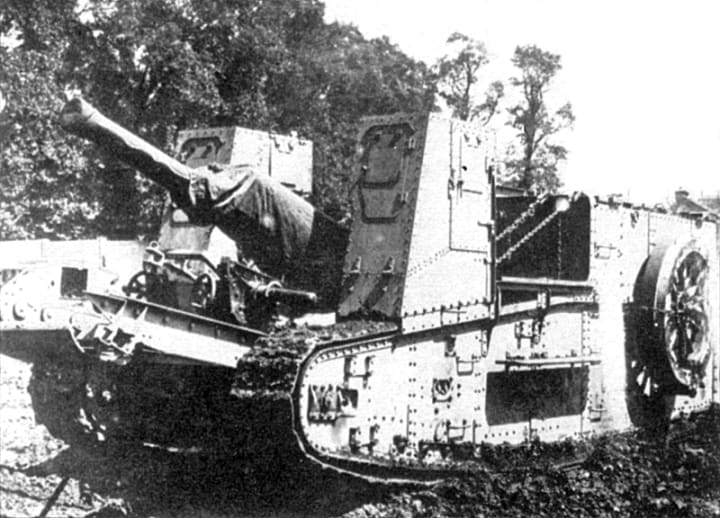
British Gun Carrier Mark I SPG
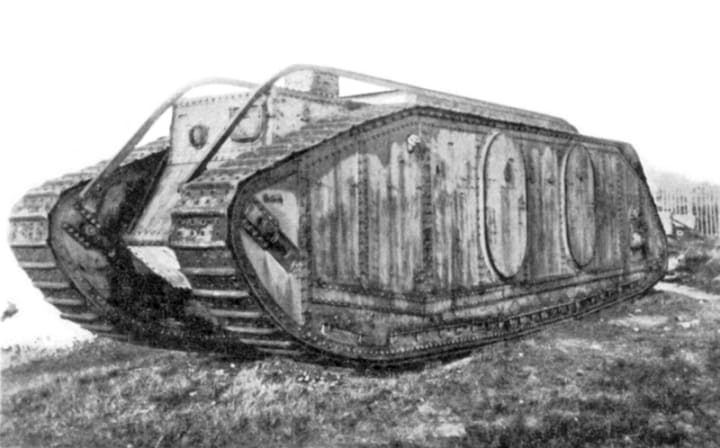
British Mark IX 'Tank'. Although called a tank at the time, it was actually the worlds first dedicated APC.
Despite their initial short comings, tanks had proven their worth. Without the tank, it is unlikely the deadlock on the western front would have been broken.
Due to their success, tanks would go on to be used in every major war ever since. The arms race between armour and anti-armour warfare would continue too, of course, and would reach new heights in WW2, the topic of the next article.
Meet you all there.
Picture credits:
By Armémuseum (The Swedish Army Museum) – CC BY 4.0
By Peter Trimming – Flickr, CC BY 2.0
By Rama – Own work, CC BY-SA 2.0 fr
By OlivierCotton – Own work, CC BY-SA 3.0
By Skyring – Own work, CC BY-SA 4.0
About the Creator
Iain Baker
A 'pushing 40' life long gamer, reader, writer, film buff and amateur war historian. Loud and proud member of the 'The Oregon Trail Generation - the first gamer generation.'







Comments
There are no comments for this story
Be the first to respond and start the conversation.